Washing bed linen in a washing machine
 With the advent of the washing machine, housewives said goodbye to hand-washing bed linen. Now there is no need to drag heavy, bulky fabrics and spend a lot of time washing and rinsing them - everything is done automatically. All that remains is to load the drum, add detergent and set the cycle parameters.
With the advent of the washing machine, housewives said goodbye to hand-washing bed linen. Now there is no need to drag heavy, bulky fabrics and spend a lot of time washing and rinsing them - everything is done automatically. All that remains is to load the drum, add detergent and set the cycle parameters.
There will be no problems with preparation if you find out in advance how to wash satin bed linen, as well as sets made from other materials. Let's look at the general rules, basic requirements and differences between fabrics.
Let's learn the general rules
By delving into the nuances of washing bed linen, you can not only efficiently remove dirt, but also preserve the original appearance of the set. Otherwise, the sheets will stretch, discolor, become rough, fray and become covered with pellets. Each time the washing machine causes more damage, you will have to purchase new packaging for a lot of money.
To prevent this from happening, you must strictly follow the general rules for washing bedding. They must be indicated on a label sewn into the back of each sheet and duvet cover. Information is given in icons that need to be deciphered. As a rule, the following designations are found:
Before washing, you must carefully study the factory tag with the manufacturer's recommendations!
- “Bowl with water” – machine washable;
- “A bowl of water and one line at the bottom” – gentle cleansing is required;
- “A basin with water and two lines at the bottom” – a delicate washing program is recommended;
- “A basin marked “30” must be washed in water heated to 30 degrees;
- “Bowl with hand in water” – hand wash only;
- “Triangle marked “CL” - it is allowed to use detergents containing chlorine;
- “A crossed out triangle with “CL” – cannot be bleached with chlorine-containing products;
- “Empty circle” – dry cleaning (the letter in the circle indicates the active substance in the solvent: “P” - except trichlorethylene, “P” and a line - gentle cleaning, “F” - only gentle substances and “A” - any cleaners);
- “Crossed out circle” – dry cleaning is prohibited;
- “Iron” – ironing is allowed;
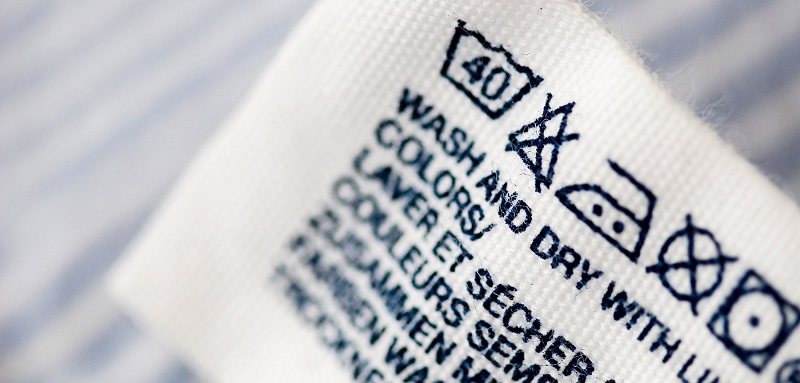
- “Crossed out iron” – ironing is prohibited;
- “Dot iron” – ironing up to 110 degrees;
- “Iron and 2 points” – the permitted temperature range for ironing is –150 degrees;
- “Iron and 3 points” – smoothing is acceptable at 160-200 degrees;
- “Iron with steam crossed out” – do not steam;
- “Square with a circle” – allowed to be wrung out and dried in the machine;
- “Square, circle and line below” - let’s auto-spin and dry, but in a gentle mode;
- “A square with a circle and two lines” – delicate spinning and drying are recommended;
- “Square with a circle and a dot” – auto-drying at the minimum level;
- “Square with a circle and 2 dots” – drying at normal heat;
- “A crossed out square with a circle” – auto-drying is contraindicated;
- “Square with an arc on top” – vertical drying is required;
- “Square with three vertical lines” – dry without spinning;
- “Square with one horizontal line” – dry horizontally;
- “Square and three lines diagonally on the left” - drying in the shade is recommended.
What will be indicated on a specific set of underwear depends on the material and manufacturer. Additional points may be written on the label; the main thing is to study all the information on the packaging before the first wash.
We load laundry in “portions”
In order for the bedding to wash and rinse well, you need to load it into the drum in portions. If you overload the washing machine and fill it with laundry, there will not be enough water, the detergent will not be washed out, and the stains will not be removed. Moreover, an imbalance will arise, since sheets and pillowcases “love” to get into the duvet cover, bunch up and upset the balance of the tank.
How much laundry to put in the drum at a time depends on the capacity of the machine itself. This parameter is indicated in the instructions, and often on the machine itself. Thus, compact models simultaneously hold 3-4 kg, narrow ones – 5-7 kg, and full-size ones – from 8-9 kg.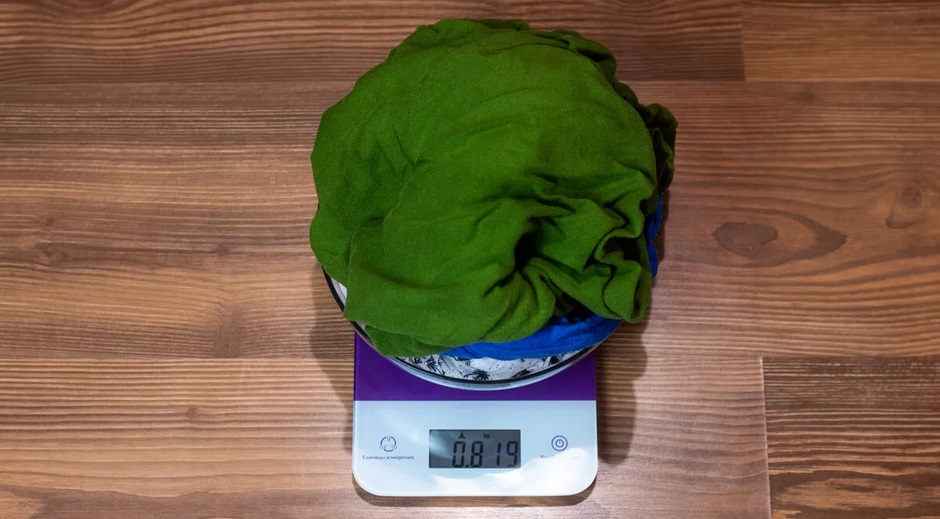
But it is not enough to know only the capacity of the washing machine - it is also important to calculate the weight of the loaded laundry. It’s easier for owners of modern models, since many machines are equipped with a special auto-weighing function, warning the user about underweight or overload. The rest will have to estimate the weight of the bedding “by eye”, guided by approximate figures:
When washing bed sheets, the drum is half loaded!
- sheet – 400-500 g;
- duvet cover – 500-700 g;
- blanket or blanket - about 600-800 g;
- pillowcase – 150-250 g.
You can also look at the fullness of the drum. Ideally, bedding made of satin or cotton should occupy no more than half of the tank. Then things will move freely in the machine, be washed well and rinsed completely.
Stick to the Basics
There are also general requirements for washing bed sheets. These are universal rules, the observance of which will help extend the service life of the product, preserve its appearance and performance properties. We are talking about the following recommendations:
- Wash whites and colors separately to avoid shedding;
- divide laundry by type of fabric (cotton separately from synthetics and linen);
- select the program according to the type of fabric;
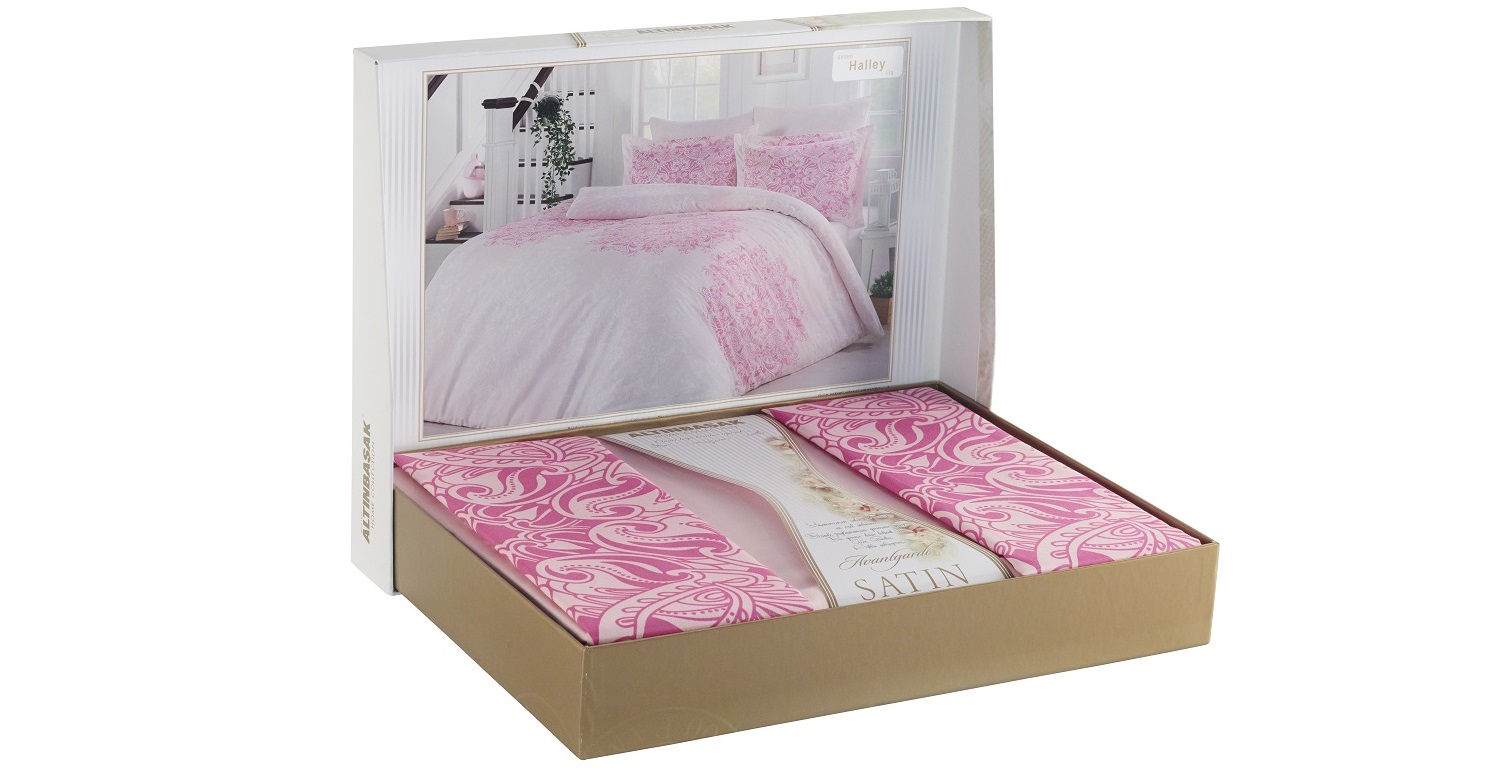
- It is unhygienic to lay out just purchased bedding - it must be washed before use;
- turn duvet covers inside out and fasten them;
- Do not overuse bleaching agents, as their use weakens and damages the fibers.
When washing baby bedding in the washing machine, it is important to follow a few more rules. First, wash it separately from adult clothes. Secondly, give preference to manual cleaning, especially if the baby has just been born. Thirdly, choose natural and hypoallergenic detergents, and if they are not available, rub laundry soap and pour the shavings into the drum.
Washing cotton clothes
Washing parameters also depend on the type of laundry fabric. If the bedding is made of cotton, then for the first time it is recommended to rinse it manually in cold water. Afterwards, the temperature is increased, focusing on the color and degree of contamination of the kit:
- 60 degrees – for white;
- 90-95 degrees – if things have turned gray;
- 40 degrees – for color.
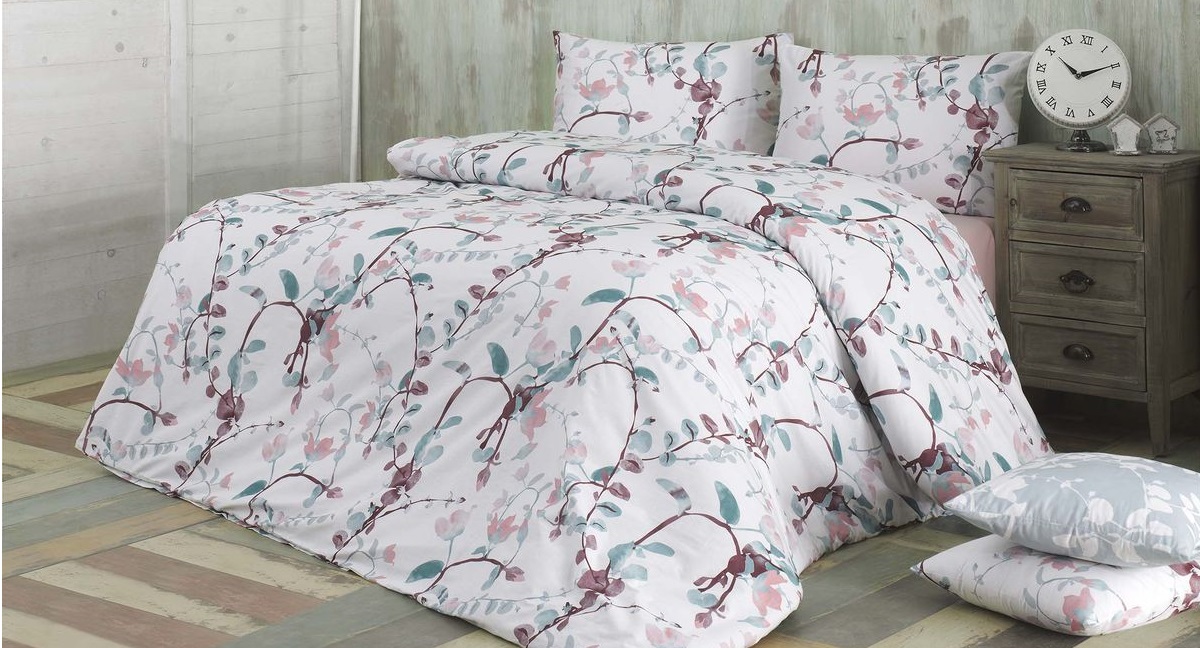
Stubborn stains are first soaked and then washed with bleach. Only “Cotton” mode can be selected; natural fabric cannot be mixed with synthetics, otherwise the material will become coarser. Cotton linen is dried in the fresh air in the shade, and ironed undried. Interestingly, for drying the product is turned over on the wrong side, and for ironing - on the front side.
Linen linen
Linen bedding is washed differently. The fact is that flax is impregnated with starch, esters or synthetic substances to improve its performance properties.This treatment increases the wear resistance of the material and reduces the likelihood of shrinkage and deformation. All this changes the fabric washing conditions:
- mode – “Linen”, “Cotton”, “Delicate wash”;
- recommended heating – 40-60 degrees;
- detergents – delicate, without bleaching components;
- drying only natural, without batteries and hair dryer;
- Ironing dampened onto undried fabric.
If the linen is very dirty, then the stains are soaped and soaked for an hour. Then the powder and a tablespoon of acetic acid are added to the water. The bedding is washed in soapy water, rinsed thoroughly and dried.
Delicate satin and silk linen
Satin bed linen is soft, durable and easy to care for. It is enough to turn on the “Cotton 60” program, set the spin cycle to 800-1200 and dry as usual. If powders with an active composition are used, then the heating is reduced to 40 degrees.
Expensive silk requires special care:
- delicate or hand wash;
- 30 degrees water;
- special gel for silk (bleaching is prohibited);
- air conditioner;
- spin to minimum.
When washing silk by hand, only rinse it, changing the water from warm to cold. For a rich color, it is recommended to add 3 tablespoons of vinegar when rinsing. Silk underwear is dried only in the shade, away from the sun and radiators. Ironing is dry, without moisture, from the inside out and at minimum degrees.
Underwear made from synthetic materials
Synthetic underwear is rarely sewn, since sleeping on it is not very useful. But due to its low cost, low maintenance and durability, it is sometimes laid on the bed. A mixture of synthetic and natural fibers, which combines the advantages of both fabrics, is considered optimal.
If synthetics predominate in the laundry, then it is better to limit it to 30-40 degrees - hot water leads to the formation of pellets. Boiling is prohibited, as is the use of bleach. Artificial drying and high-temperature ironing are undesirable; the iron heats up to a maximum of 40-50.
Is it possible to machine wash velvet linen?
Velvet bedding cannot be washed in a machine. Expensive, premium linen is not rubbed or twisted at all, and is handled as gently and gently as possible. There are a few more nuances:
- water up to 30 degrees;
- powder is prohibited, only delicate gel;
- spinning is prohibited.
Velvet cannot be machine washed!
Velvet is dried naturally, spread on a flat surface. It is advisable to put a towel under the underwear, and then roll everything into a roll and press down, getting rid of moisture. The lining changes as it gets wet. Then the bedding is hung horizontally, and at the “finish” it is shaken to restore the lint.
When should I start a new wash?
Everyone decides for themselves how often to wash their bed sheets. It depends on living conditions, ecology, individual preferences, neatness of residents, presence of children and pets. But there are some general recommendations:
- The optimal washing frequency is once a week;
- It is not recommended to store a dirty set in a basket for a long time - dirt and unpleasant odors are absorbed into the fibers;
- duvet covers get dirty less, so they are washed separately at a low temperature.
It is better to schedule washing as soon as the laundry loses its freshness and aroma. But there is no need to use parts - on average, calico can withstand one hundred cycles, and satin about 200.
Is it worth ironing?
Ironing bulky sheets and duvet covers is very troublesome. Modern washing machines equipped with an easy ironing or anti-crease function will be your salvation. But in general, everyone decides for themselves.
There are only a few situations in which ironing is advisable. Firstly, if there is a sick resident in the house, which will reduce the likelihood of infection. Secondly, for children under one year old. Thirdly, if the laundry does not have time to dry.
Improving the quality of washing
To keep bed linen made of satin, cotton, calico and other fabrics fresh and soft longer, it is recommended to improve the quality of washing. This is not difficult to do, just follow a few tips. We are talking about the following points:
- place bedding in special laundry bags to prevent pilling and abrasion;
- reduce the spin intensity so that the laundry wrinkles less;
- add conditioner and rinse aid to the tray, which will give the laundry a pleasant aroma, smoothness and softness;
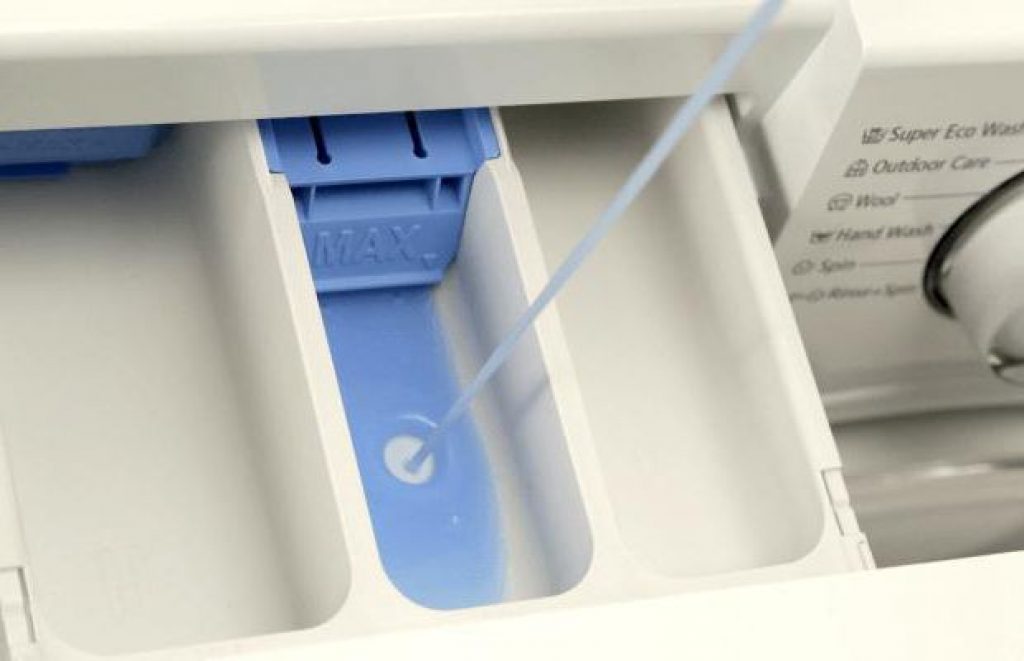
- use starch impregnation (starched sheets keep their shape, repel dirt and last longer);
- place color-catching wipes in the drum to prevent accidental staining of white;
- wash and iron new bedding.
Whites and colors can be washed separately!
If you accidentally washed white with colored clothes and the result was shedding, then don’t despair. Repeated washing will help restore the whiteness of the bed. It is necessary to load the laundry into the drum, set the intensive mode and double rinse, and before that, soak the dyed linen for an hour in a bleach solution or boil it with peroxide and ammonia.
By following all the rules and recommendations, you can wash any bedding and maintain its color, softness and smoothness. The main thing is to study the tag and not experiment.
Interesting:
Reader comments
- Share your opinion - leave a comment
Categories
Washing machine repair


For buyers

For users

Dishwasher


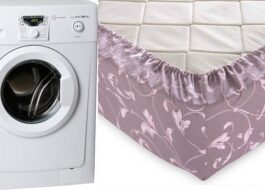



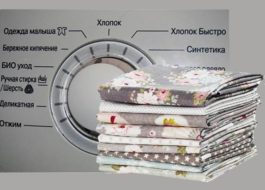










Add a comment